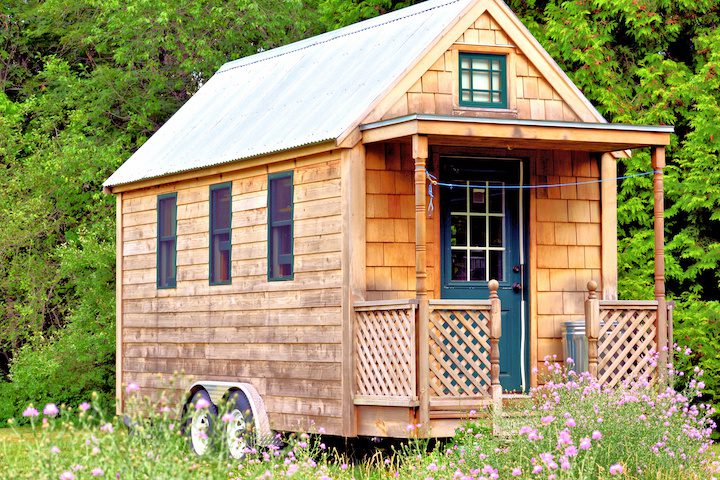Whether they’re the market of the future, an answer to the affordable housing crisis or a passing fad made for reality television shows and hipster Instagram feeds, the tiny home movement is getting renewed interest in the age of the coronavirus.

The generally accepted definition of a tiny home is a dwelling of 400 square feet or less. Though the lifestyle may not work for some, these homes can cost about $30,000 and can even be built on wheels.
Tiny homes hit sales boom
The tiny home market is hitting a sales boom thanks to the coronavirus. The allure for consumers, according a survey of 2,000 Americans via financial company IPX1031, found that half of respondents would consider living in a tiny home. The reasons for this allure are:
- affordability (65%)
- efficiency (57%)
- eco-friendliness (48%)
- the ability to live a minimal lifestyle (44%)
A major hurdle to tiny houses is that they have no set legal definition, making for conflicts with local zoning codes (especially in urban environments), and they are also difficult to finance. If the home has wheels, it can be seen as a recreational vehicle to municipalities, where parking regulations will apply. However, zoning regulations have passed recently in some states.
Architects on board
Still, well-known architects such as Bjarke Ingels Group have come on board, designing homes such as their 150-square-foot A45 house. The off-grid structure is made of wood, glass and canvas and carried into remote areas and DIY constructed.
The pandemic has seen niche builders of tiny homes grow their business, as city dwellers relocate to rural environments where these homes are more accepted. As Dan George Dobrowolski, founder of the Tampa Bay Village and CEO of Tiny House Escape Villages, in Rice Lake, Wisconsin tells The Washington Post, “Our business has gone from growing rapidly to growing exponentially.” In the past six months, sales of the tiny houses jumped 120 percent, he says. “There’s been a dramatic change because of the virus.”


